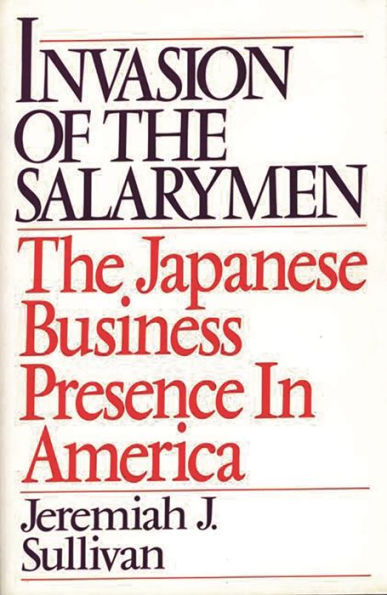5
1
9780275944049


Invasion of the Salarymen: The Japanese Business Presence in America available in Hardcover

Invasion of the Salarymen: The Japanese Business Presence in America
- ISBN-10:
- 0275944042
- ISBN-13:
- 9780275944049
- Pub. Date:
- 07/30/1992
- Publisher:
- Bloomsbury Academic
- ISBN-10:
- 0275944042
- ISBN-13:
- 9780275944049
- Pub. Date:
- 07/30/1992
- Publisher:
- Bloomsbury Academic
75.0
In Stock

Product Details
| ISBN-13: | 9780275944049 |
|---|---|
| Publisher: | Bloomsbury Academic |
| Publication date: | 07/30/1992 |
| Pages: | 376 |
| Product dimensions: | 6.14(w) x 9.21(h) x 0.88(d) |
| Lexile: | 1240L (what's this?) |
About the Author
From the B&N Reads Blog
